'Jaws' misportrayed sharks as bloodthirsty — scientists debunk the myth, call humans 'greater threat'
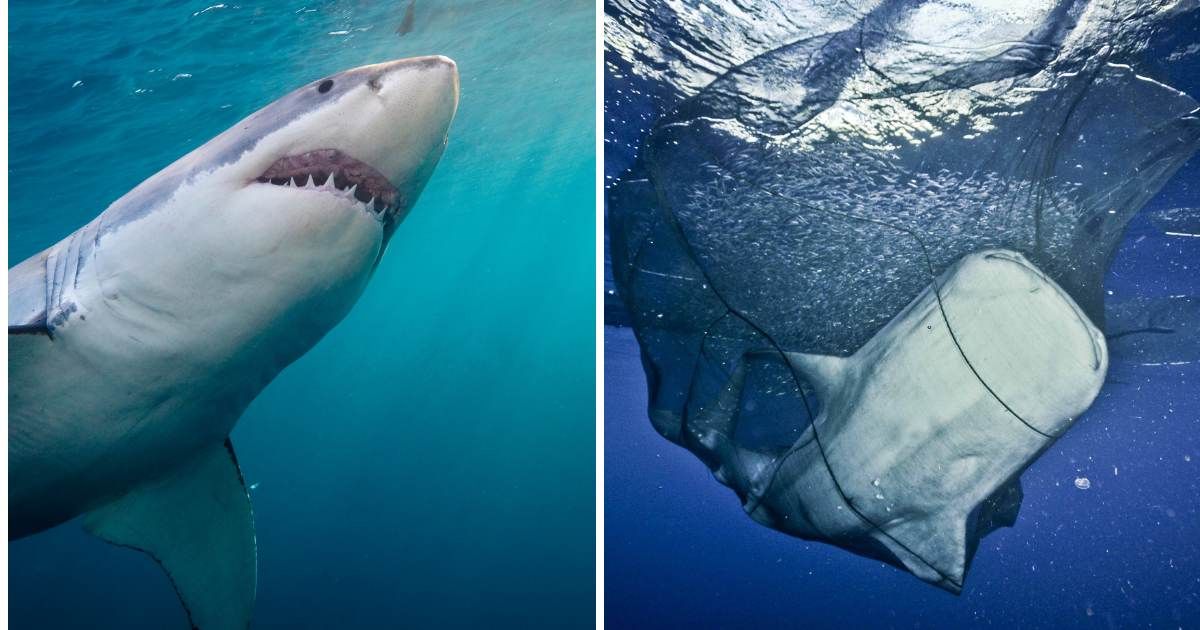
Sharks are often depicted as the ocean's ultimate predators, with images of them lurking in deep waters, waiting to strike. Thanks to Hollywood and sensationalized media, they are often feared and misunderstood. A major turning point in public perception came with the release of "Jaws" in 1975, Steven Spielberg’s blockbuster film. While a cinematic classic, it painted sharks, especially great whites, as ruthless man-eaters. The movie's massive success triggered widespread fear, leading to negative stereotypes and even a rise in shark hunts along coastlines. However, the science surrounding sharks tells a different story of how they are far more important to our ecosystem than most realize, and the real danger to sharks is human activity, not the other way around.
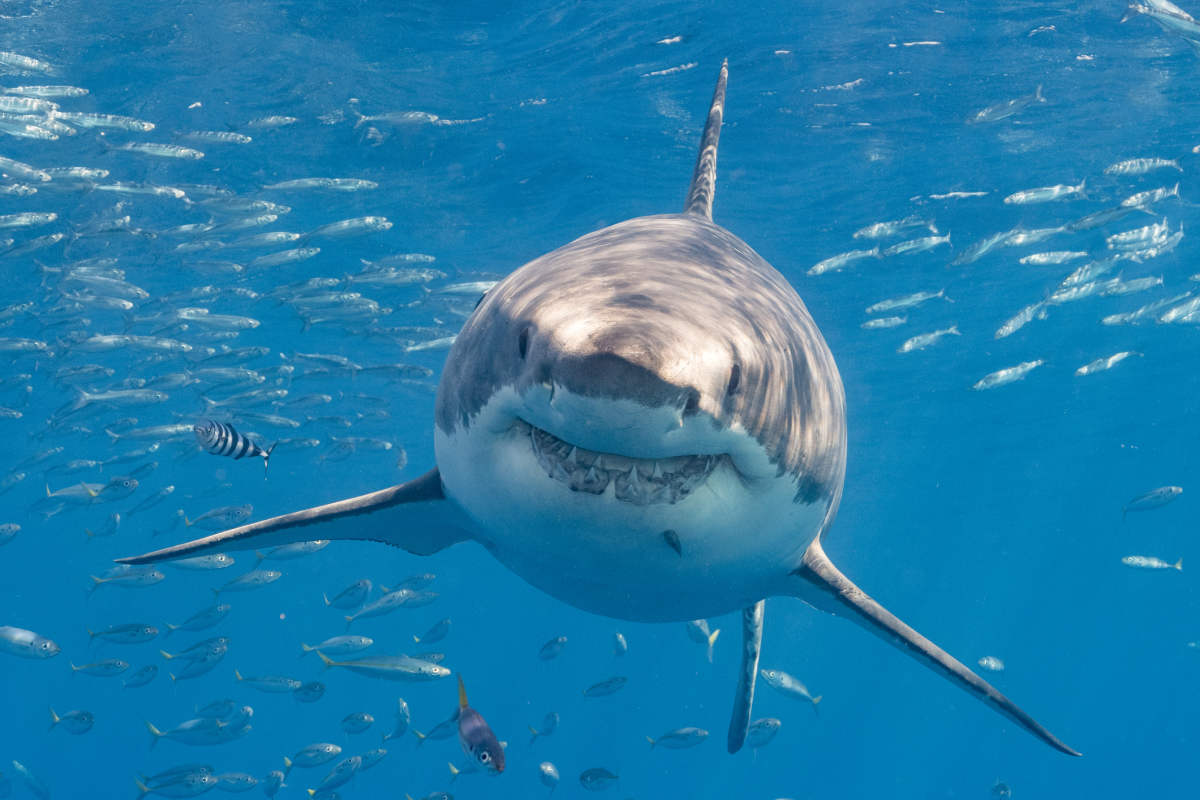
As reported by Science News and data from the International Shark Attack File, millions of people enter the ocean every year. Yet, only about 64 shark bites are reported worldwide on average. Of those incidents, just 9 percent are fatal, resulting in roughly 6 shark-related deaths annually. Contrary to their fearsome reputation, sharks are not the mindless killers many imagine. They help regulate the populations of other fish and marine life, ensuring a balanced food web. Grant Smith, managing director of Sharklife, shares, “Generally, people think that sharks are monsters — cold, unfeeling — and we don’t really have much compassion for them. That just leaves them wide open to exploitation and harm.”
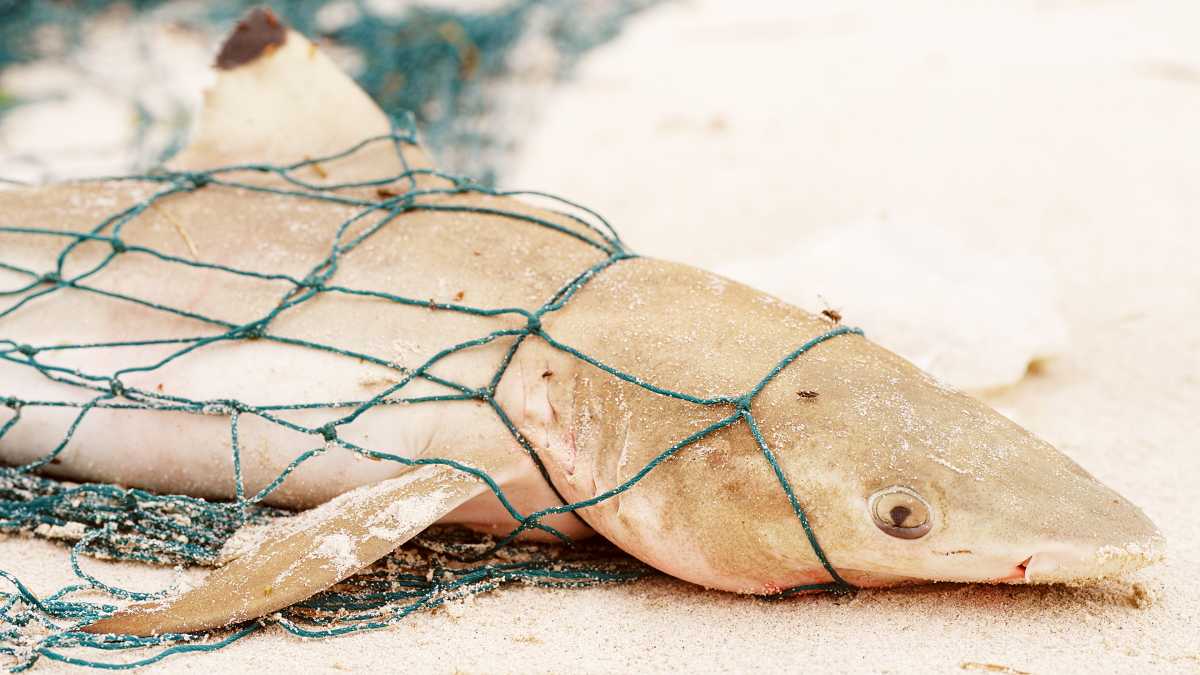
Numerous myths are responsible for portraying a vicious image of the sharks and causing immense hatred in the public's eyes. One of the most common myths is that all sharks are dangerous man-eaters. In truth, out of over 500 shark species, only a handful have ever been involved in attacks on humans, and even then, it’s usually due to curiosity or provocation, as reported by the National Ocean Service. Another misconception is that sharks are all huge. While whale sharks can grow up to 18 metres, many species like the dwarf lantern shark are just 6-8 inches long and can even fit in your hand. People also wrongly believe sharks can smell a single drop of blood from miles away. According to BBC Science Focus, although they have a strong sense of smell, the range is limited to about a quarter mile.
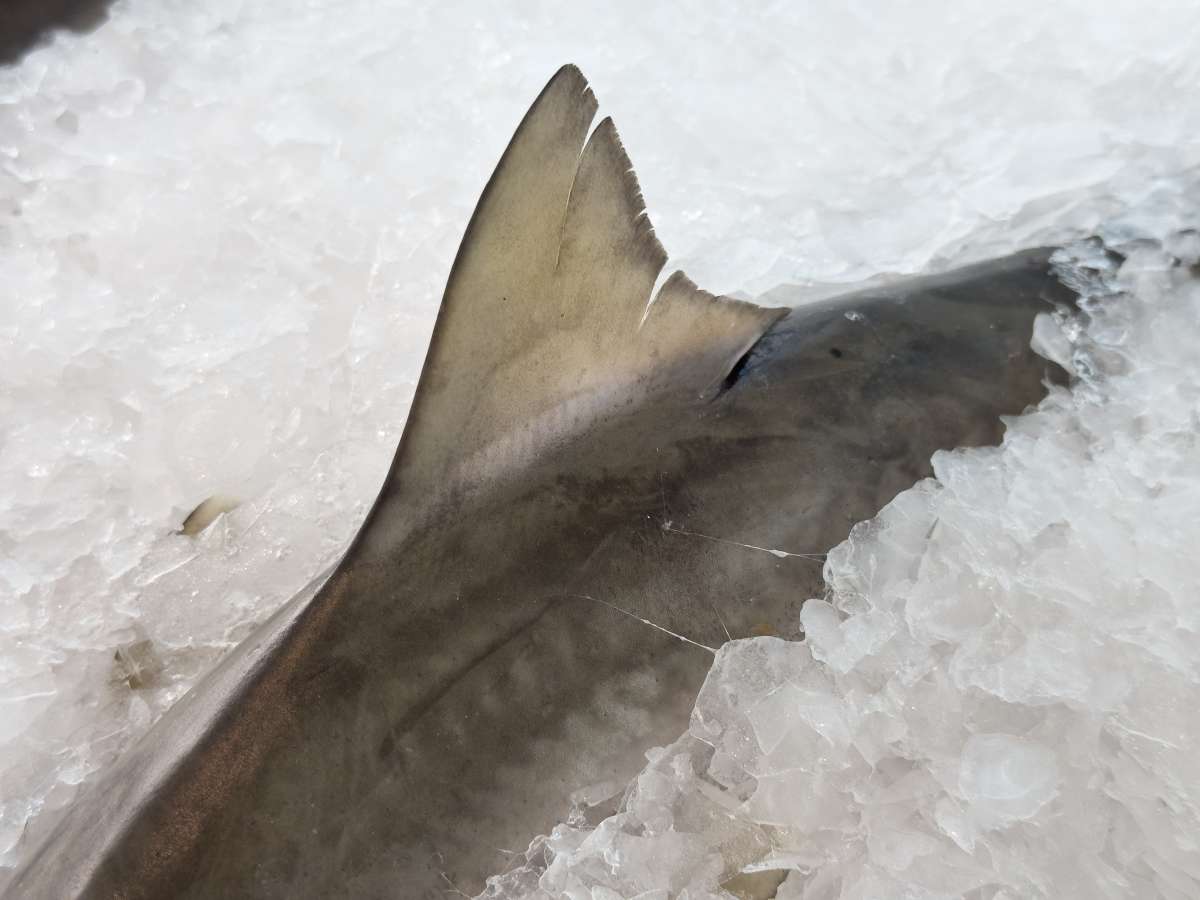
Another misconception about shark body parts offering a cure for cancer has led to their mass hunting and trading. But there is no scientific backing to this claim. Shark fin soup, a delicacy in several Asian countries, is one of the main drivers of this trade. A study in Hong Kong, one of the biggest shark fin markets, looked at 4,800 fin samples from 2014–2015 and found that at least 76 different species of sharks, rays, and chimaeras were being traded.
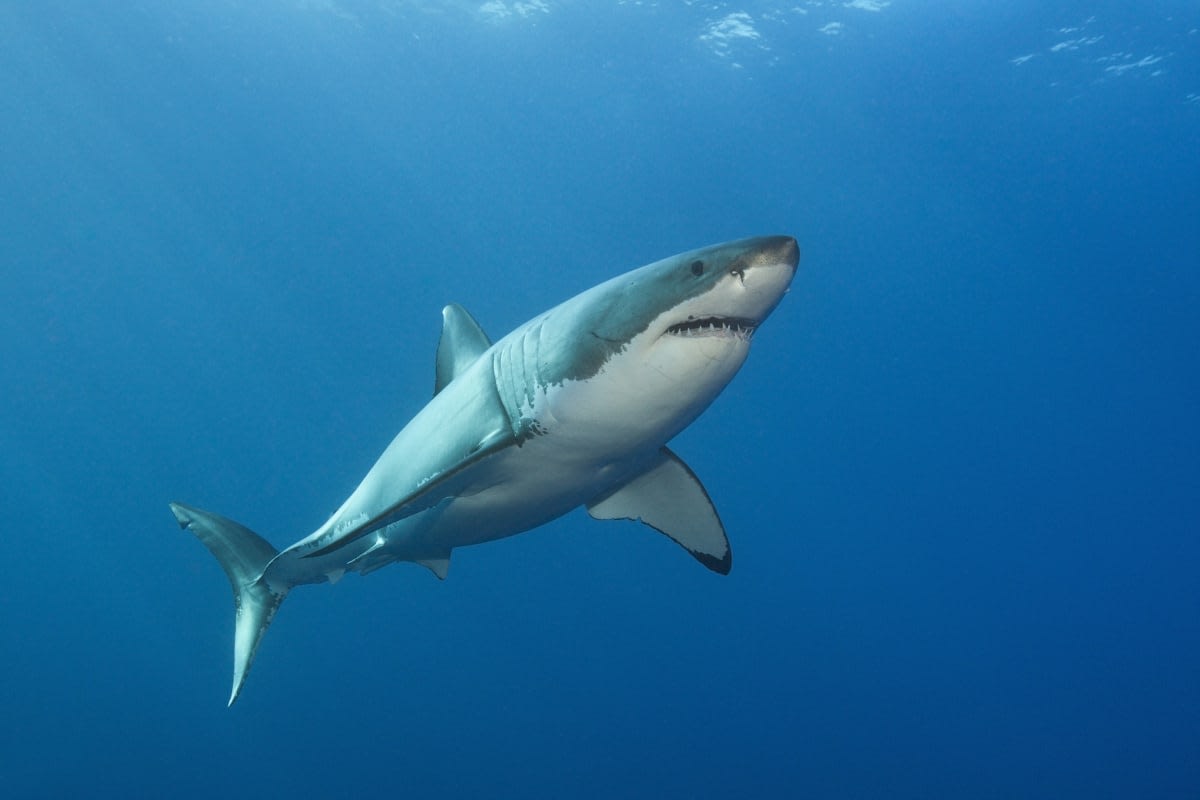
Such practices have led to the major decline of these sea creatures. Since 1970, oceanic shark and ray populations have dropped by 71%, and about 75% of these wide-ranging species are now at risk of extinction. According to the International Union for Conservation of Nature (IUCN), half of all coastal sharks and rays, 296 out of 582 species, are also threatened, mainly because of overfishing. Another report shares that for over two-thirds of them (67.3%), it's the only threat. The remaining species are also impacted by habitat loss (31.2%), climate change (10.2%), and pollution (6.9%). Species living in tropical and subtropical coastal waters are at the highest risk.
Solving the crisis of shark overfishing and illegal trade requires a multi-faceted approach. The Convention on International Trade in Endangered Species (CITES) has been a key player in banning the international trade of endangered shark species, but more needs to be done to enforce these bans and reduce demand. Furthermore, raising awareness and changing the public image of sharks can reduce fear-driven demand and build stronger support for their protection.